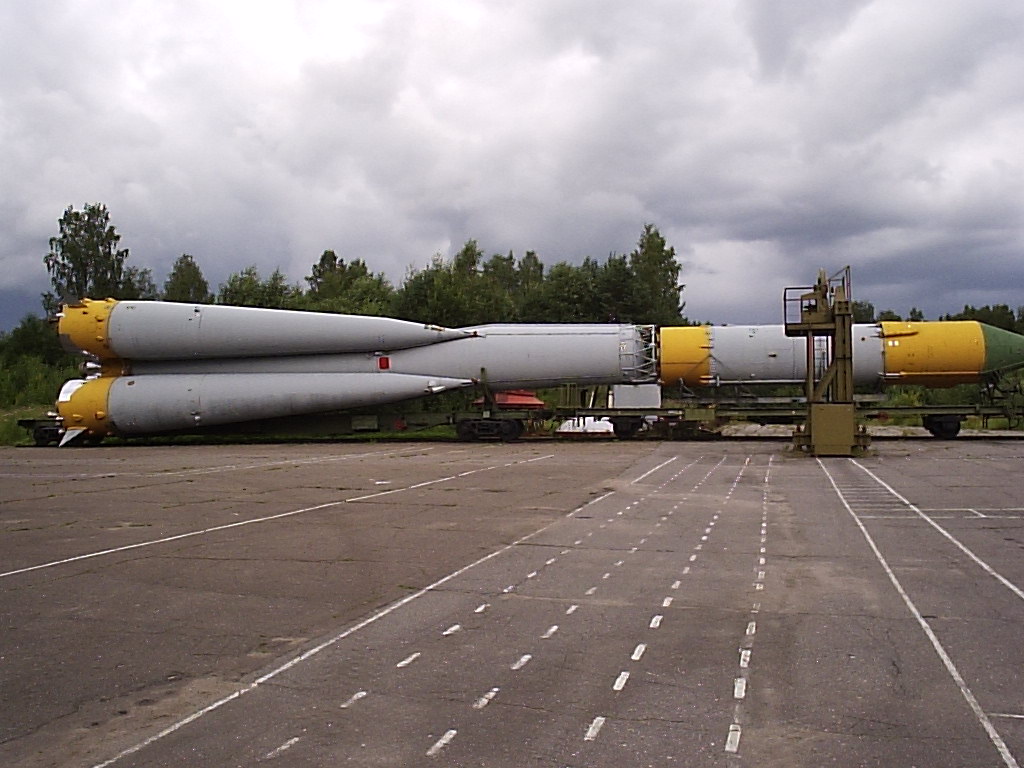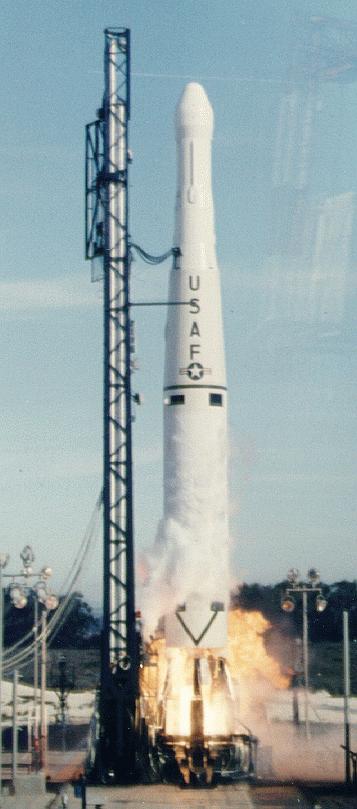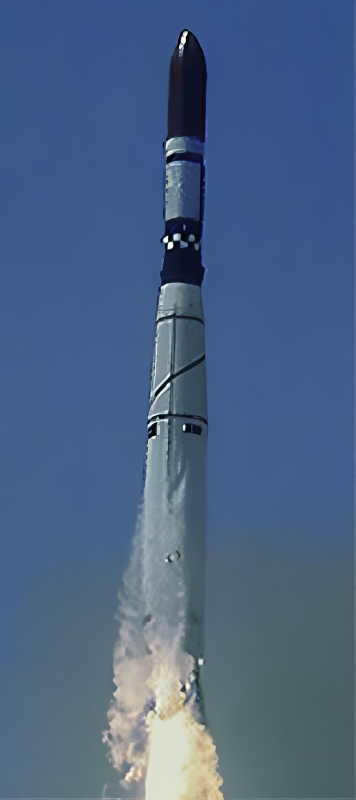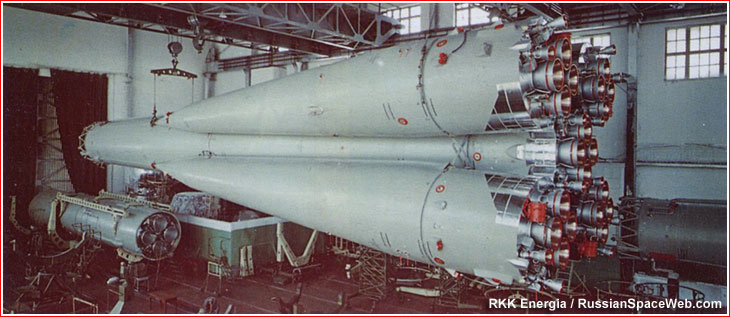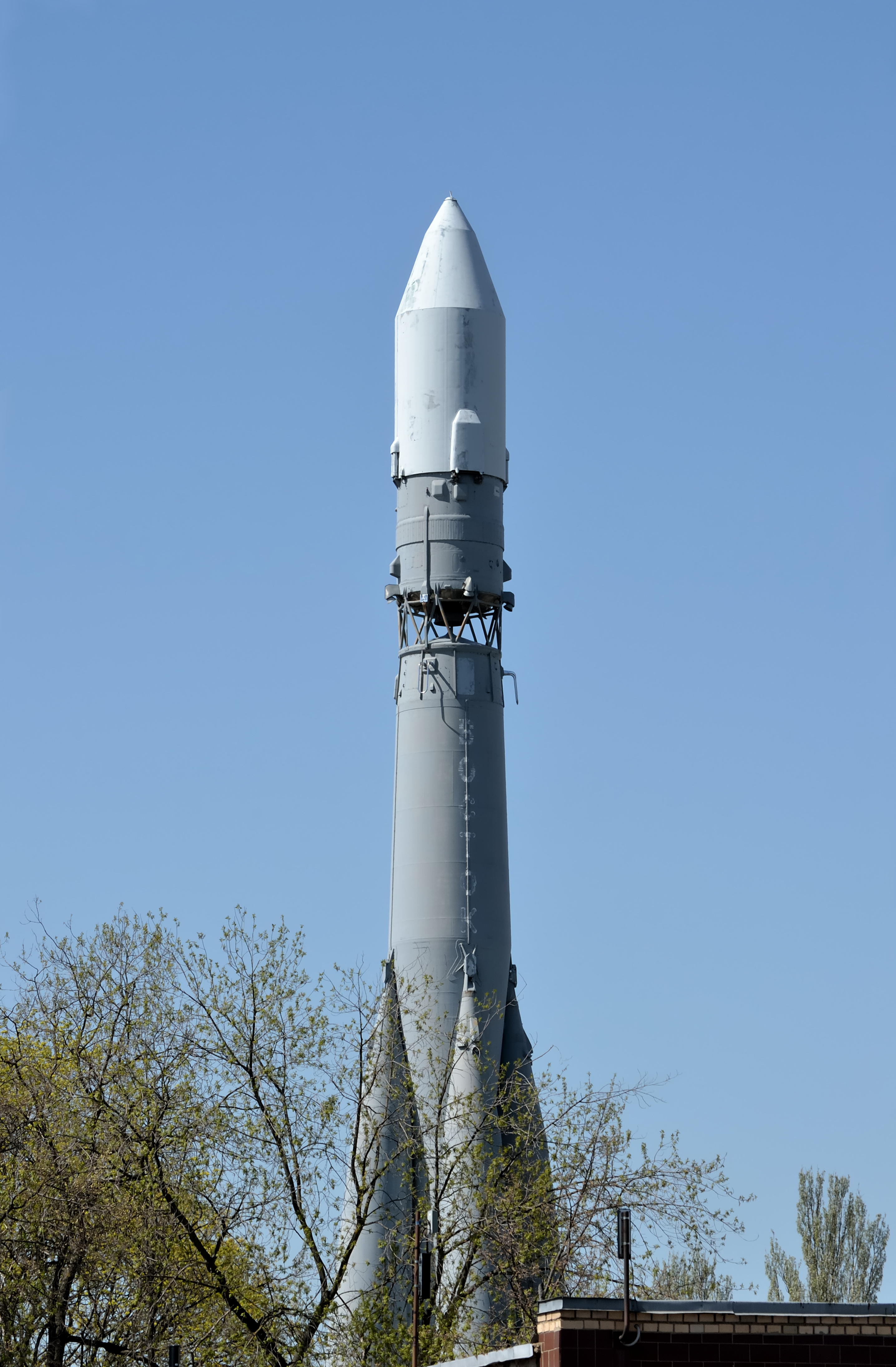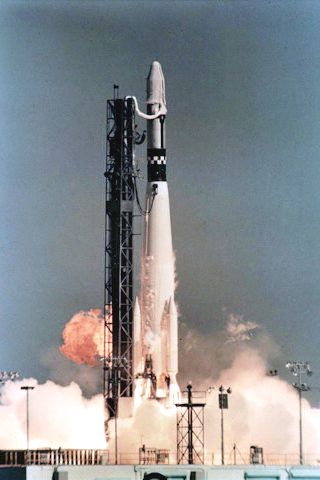Previous Spaceflight Launches
Filter by Agency, Locations or Vehicles
Show All LaunchesThor MG-18 | DSAP-1 F11
McDonnell Douglas | United States of AmericaVandenberg SFB, CA, USA
March 18, 1965, 4:43 a.m.
Kosmos 65S3 | Strela-1 12,13,14
Strategic Rocket Forces | RussiaBaikonur Cosmodrome, Republic of Kazakhstan
March 15, 1965, 11 a.m.
Atlas SLV-3 Agena D | KH-7 16
Convair | United States of AmericaVandenberg SFB, CA, USA
March 12, 1965, 7:20 p.m.
Status: Launch Successful
Mission:
The Program 206 satellite, carrying the KH-7 (Keyhole 7) camera system (codenamed Gambit-1), was the first successful high resolution space reconnaissance program. It was managed by NRO's Program A, the USAF-led segment of the National Reconnaissance Program managed from Los Angeles AFB in El Segundo, California.
Sun-Synchronous OrbitMolniya 8K78 | Luna-5c
Strategic Rocket Forces | RussiaBaikonur Cosmodrome, Republic of Kazakhstan
March 12, 1965, 9:25 a.m.
Thor DM-21 Ablestar | Transit-O 3
United States Air Force | United States of AmericaVandenberg SFB, CA, USA
March 11, 1965, 1:39 p.m.
Status: Launch Successful
Mission:
The Transit-O series of satellites that closely followed the design of Transit 5C-1 were also called “Oscars” (Oscar is the phonetic alphabet for “O”, i. e., operational). They were also called NNS (Navy Navigation Satellite) or shortened NavSat.
Polar OrbitThor SLV-2 Agena D | Poppy 6A,B,C,D
McDonnell Douglas | United States of AmericaVandenberg SFB, CA, USA
March 9, 1965, 6:29 p.m.
Voskhod | Zenit-4 5
Soviet Space Program | RussiaBaikonur Cosmodrome, Republic of Kazakhstan
March 7, 1965, 8:59 a.m.
Atlas Centaur | Surveyor-SD 1
Convair | United States of AmericaCape Canaveral SFS, FL, USA
March 2, 1965, 1:25 p.m.
Vostok 8A92M | Meteor-1 2
RKK Energiya | RussiaBaikonur Cosmodrome, Republic of Kazakhstan
Feb. 26, 1965, 5:01 a.m.
Thor SLV-2A Agena D | KH-4A 17
McDonnell Douglas | United States of AmericaVandenberg SFB, CA, USA
Feb. 25, 1965, 9:44 p.m.


